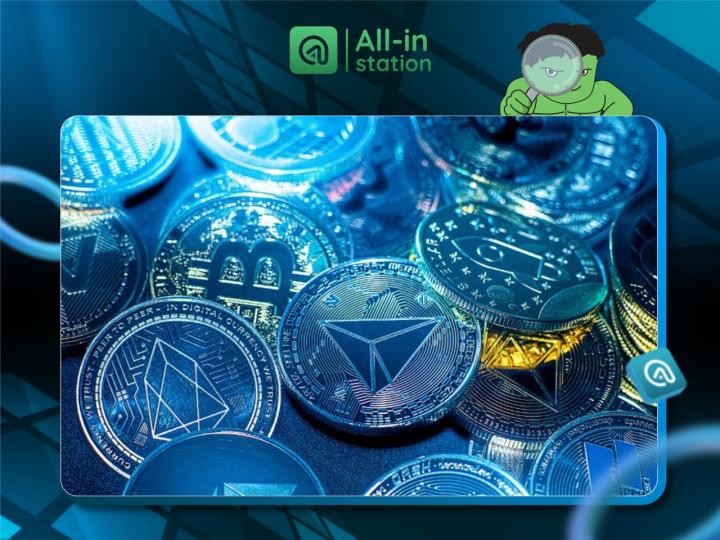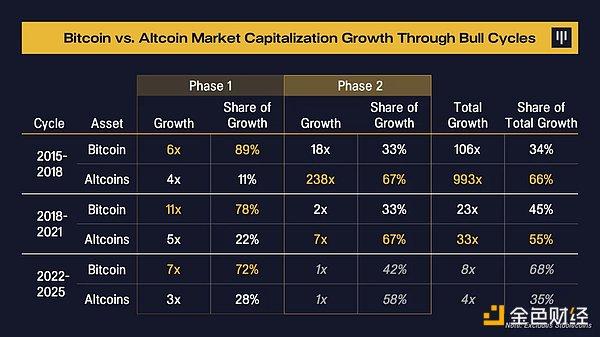Written by: ChandlerZ, Foresight News
Ethereum has been accelerating into the modular expansion phase over the past three years, with Rollups taking over a large number of transaction executions, but cross-chain interaction experience and efficiency remain bottlenecked. Caldera has accumulated years of experience in Rollup deployment and operations, currently providing underlying technical support for about a quarter of the Ethereum ecosystem's Rollups. In July 2025, its native token ERA will be launched, accompanied by Metalayer, a network aimed at breaking the isolation between Rollups and enabling interoperability similar to a single chain in a multi-chain environment. On July 17, Binance Alpha and Bitget listed Caldera (ERA), and Bitget Launchpool also simultaneously launched ERA, offering over 2.6 million tokens in rewards.
To date, Caldera's supported networks have processed nearly 953 million transactions, covering over 28 million unique addresses, with a total locked value reaching $440 million. The platform has formed a complete product chain from Rollup deployment and operation to cross-chain communication.
ERA Token's Functional Positioning
ERA has a total supply of 1 billion tokens, with team and early investor portions locked for one year and then released over 24 months. The token's fully diluted valuation exceeded $1 billion on its first day in the market, with a daily trading volume of $1 billion.
The token's functional design covers four aspects:
Cross-chain Gas: Within Metalayer, ERA is used to pay transaction fees between different Rollups, avoiding users' frequent preparation of different gas assets during multi-chain interactions.
Governance: Token holders can participate in Metalayer protocol upgrades and fee rate adjustments.
Staking and Security: Holders can stake tokens to participate in cross-chain message verification, supporting fraud proofs and data availability verification, and earn staking rewards.
Ecosystem Coordination: The token serves as a reward medium distributed to developers, liquidity providers, and ecosystem participants.
These four use cases cover key links in Metalayer's operation, and as cross-chain functionality expands, ERA's demand will directly correlate with network activity.
Rollup Engine: Infrastructure Platform for Rollups
If the traditional cloud computing AWS model is analogized to the blockchain domain, Caldera's Rollup Engine is the best embodiment of this role. The platform standardizes the complex Rollup deployment process into a one-click operation, allowing developers to launch customized L2 or L3 networks within minutes.
In terms of technology stack support, Caldera is compatible with mainstream frameworks including OP Stack, Arbitrum Nitro, and ZK Stack, and is about to support Solana's SVM. This multi-stack support strategy allows developers to choose the most suitable technical solution based on specific needs without being constrained by a single framework.
Market data has validated this model's effectiveness. To date, Caldera has deployed over 100 chains, including 31 public mainnets and 21 active testnets. These networks have processed 953 million transactions, serving over 28 million users. In terms of TVL, Caldera's ecosystem's total locked value has reached $440 million, accounting for approximately 25% of Ethereum's Rollup total market share.
From a first-mover advantage perspective, Caldera is the first platform to achieve large-scale Rollup deployment, and was the first to comprehensively support both Optimistic and ZK Rollups. Recent collaboration with EigenCloud further strengthened its technological leadership, with the two jointly integrating EigenDA V2, achieving a data throughput of 100 MB/s.
Metalayer: Intent-Driven Cross-Rollup Execution Network
Although Rollup technology has solved Ethereum's scalability issues, new challenges have emerged: each Rollup is isolated, creating an "island effect". Native bridge designs prioritize security, with long waiting times returning to L1, and typical optimistic Rollup's 7-day delay limits fund flow efficiency. Third-party bridges shortened time but lack consistency in security and asset standards, leading to liquidity fragmentation. User assets are trapped across different networks, developers must develop bridging functionality separately for each Rollup, and the ecosystem's network effect is significantly diminished.
Caldera's Metalayer directly addresses this pain point. The solution is designed based on an Intent architecture, where users only need to express their goal, and the system automatically selects the optimal path to complete the operation. For example, if a user wants to transfer 100 USDC from network A to network B, Metalayer will automatically calculate the optimal routing, considering factors like cost, latency, and security.
At the technical architecture level, Metalayer consists of three core components. The execution layer handles intent parsing and routing optimization, obtaining quotes from partners like Across, Eco, and Relay based on real-time data, automatically selecting the best execution path. The settlement layer is built on the Hyperlane protocol, responsible for cross-chain message transmission and final settlement confirmation. The developer toolkit provides SDKs, APIs, and UI components, allowing development teams to quickly integrate Metalayer functionality.
In terms of security, Metalayer adopts a configurable Interchain Security Module (ISM), allowing developers to choose different security assumptions based on application needs. The system supports two confirmation modes: soft confirmation mode can complete cross-chain operations within seconds, suitable for daily transactions; hard confirmation mode waits for L1 final confirmation, suitable for large transfers.
Currently, Metalayer has been tested on networks including Ethereum, Arbitrum, Base, ZKsync, and Optimism, and has received confirmation of access from projects like ApeChain, Manta Pacific, Zero Network, Sanko, Kinto, and B3.
Future Outlook: Internet-Level Rollup Ecosystem
To date, Caldera has raised a total of $24 million, with investors including Sequoia Capital, Founders Fund, Dragonfly, and Ethereal Ventures. The $15 million Series A funding completed in July 2024 will be used for Rollup Engine upgrades and Metalayer promotion, providing funding guarantees for product iteration and network expansion.
Research reports from Binance Research and Messari list Caldera as a core manufacturer in the Rollup-as-a-Service track. In terms of technical collaboration, Hyperlane provides cross-chain messaging protocol for Metalayer, and EigenCloud provides high-throughput data availability services, with both integrations entering mainnet deployment phase.
According to the officially disclosed roadmap, in summer 2025, Metalayer will introduce user-side liquidity supply functionality, allowing individual users to provide funds for cross-chain paths and earn returns. Subsequent versions will expand to networks like Arbitrum, BNB Chain, and Sophon, increasing the scope of interoperable ecosystems. On the technical front, Caldera is developing Solana SVM support and evaluating new data availability solutions to adapt to different types of applications.
The launch of the ERA token provides a unified economic unit for network governance and cross-chain settlement, transforming Caldera from a deployment tool to a coordination center for multi-chain ecosystems. For developers, the platform offers a complete suite of capabilities from Rollup creation to interoperability; for the Ethereum ecosystem, this model validates the possibility of modular expansion achieving performance improvements while maintaining security.
As more networks and applications join, the prototype of the Rollup internet is taking shape.







